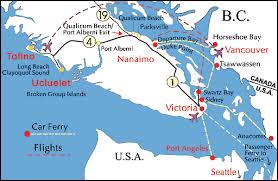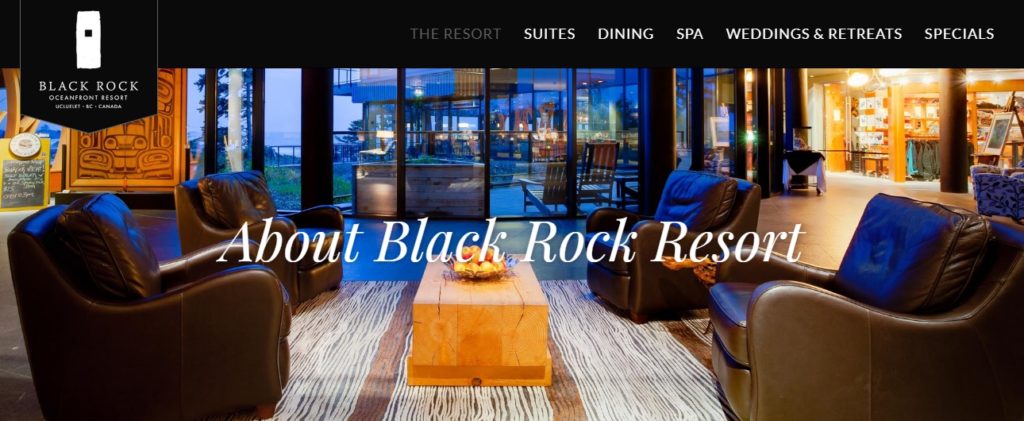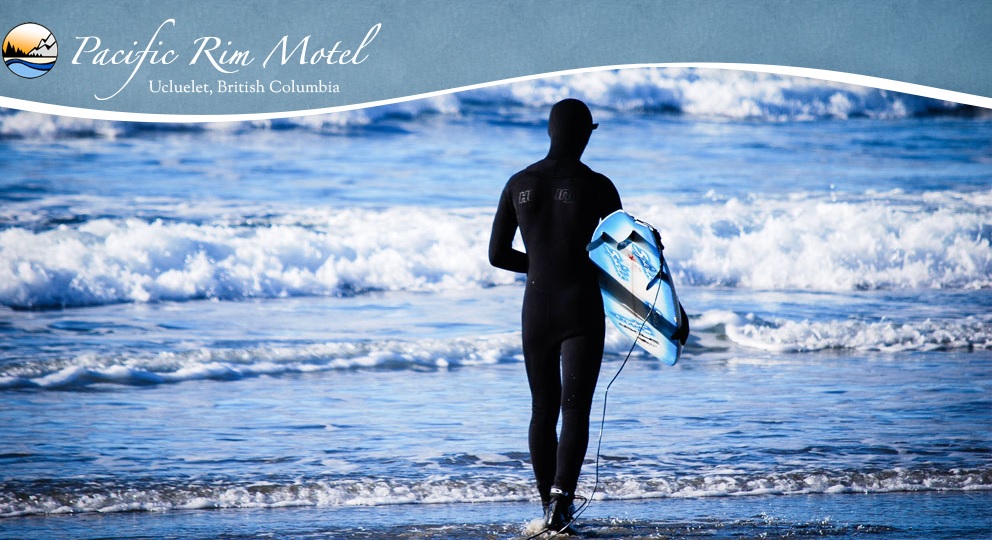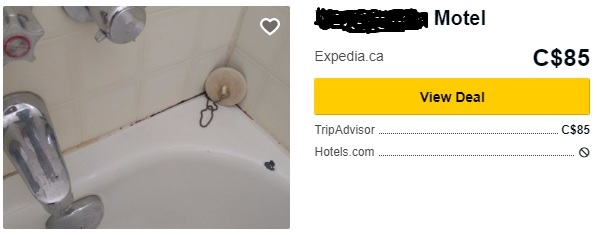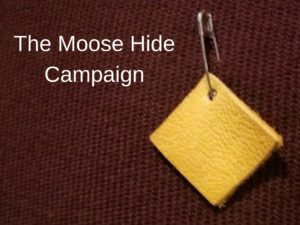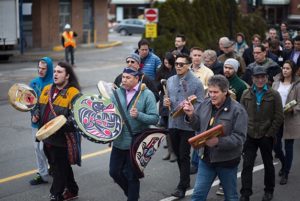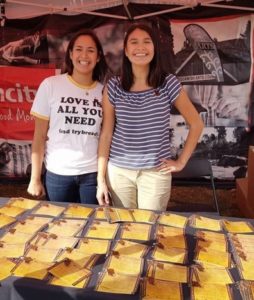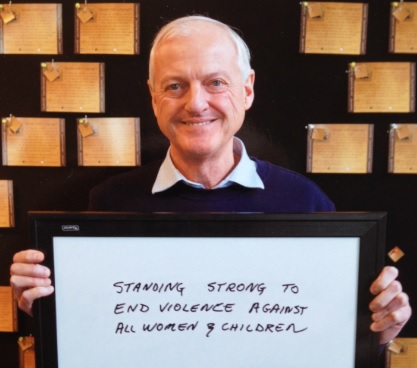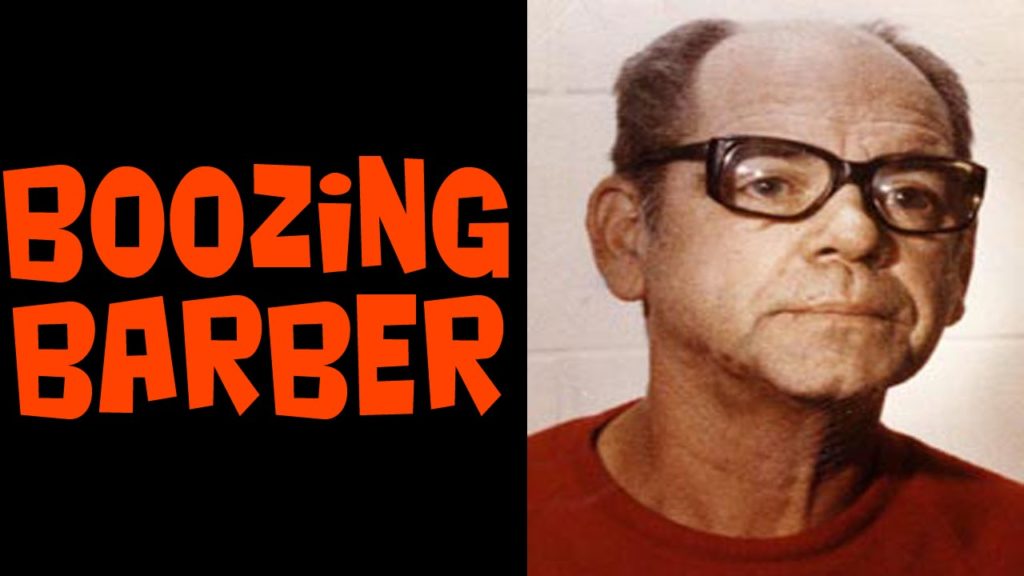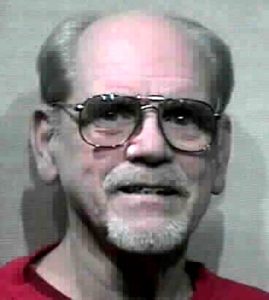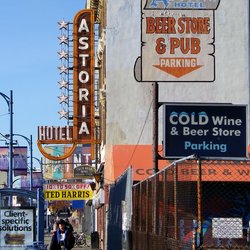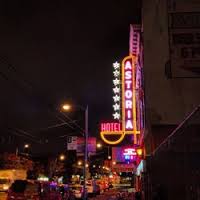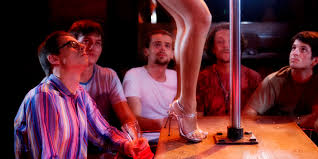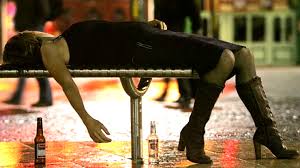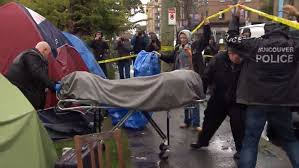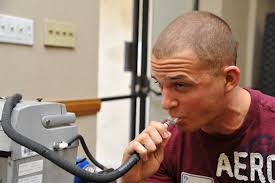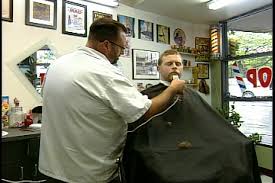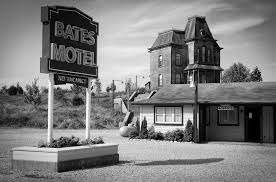 Vancouver Island, British Columbia, on Canada’s West Coast is one of the world’s most popular tourist spots—especially those seeking comfort and luxury with unspoiled natural beauty. There’s no shortage of accommodations on “The Island”. That includes options for wealthy and not-so-rich. Most places you find are clean, safe and secure with nothing to worry about. Then, there’s the Psycho-Bates Motel I found on Vancouver Island.
Vancouver Island, British Columbia, on Canada’s West Coast is one of the world’s most popular tourist spots—especially those seeking comfort and luxury with unspoiled natural beauty. There’s no shortage of accommodations on “The Island”. That includes options for wealthy and not-so-rich. Most places you find are clean, safe and secure with nothing to worry about. Then, there’s the Psycho-Bates Motel I found on Vancouver Island.
Like, you can’t make this shit up. I’ve lived in Nanaimo on central Vancouver Island for thirty years. I rarely leave because why go out for burgers when you have steak at home. But, sometimes you need to get out of Dodge. So I decided to do the tourist-in-your-own-backyard and surfed the net to plan a road trip on Van Isle.
Tofino and Ucluelet (You-Clue-Lit) are the epitome of Vancouver Island attractions. They’re small sister villages on the extreme west edge of “The Island” about three hours by a windy mountain road from Nanaimo. That grueling drive doesn’t stop folks because the Pacific Rim National Park where Ucluelet (Ukie) and Tofino sit gets about 1 million visits each year. They’re like the Cape Cod and Nantucket of Canada.
It’s shoulder season for Pacific Rim tourism in the spring. That means low room rates. Christmas and New Years with spectacular storm watching bring premium prices. Mid-summer is also crazy expensive with no-vacancies, traffic jams and crowded surf-swept sand beaches. However, mid-April promises great deals as hospitality people hustle for business.
I’ve been over to Tofino and Ukie lots of times. There’s no “must-stay” because new places constantly crop up or old ones change hands. Probably like you, price is always an issue with this guy. Prudently, I went online to look for seasonal deals. But, I wasn’t looking to totally cheap-out, flaunt danger or put my life in serious peril. Here’s what I initially found for lodging before the Psycho-Bates Motel showed up:
- Wikininnish Inn — “The Wick” rates as one of Canada’s Top-10 luxury resorts. I went there for New Years dinner once and it nearly broke me. Dinner for 5 was 500 bucks and that didn’t include the cheapest bottle of wine @ $100. Off-season room rates start at $399 per night for no view. It climbs fast if you want a look at the water. No, this was not happening.
- Long Beach Lodge Resort — Now, this place is gorgeous. It’s West Coast Craftsman architecture with big timber frames, Douglas Fir trim and blue slate everywhere. The “LBR” is right on a massive sand beach where you see whales from your bed. You have to call for pricing. Nope, not staying there either.
- Cox Bay Beach Resort — Another magnificent lodge. I’ve dropped in here too, just to check it out. If I ever win the big one, this is the first stop. Singles start at $225 off-season, but you have to read the fine print. Electricity, running water, locks and wi-fi are a-la-carte. Pass.
- Tin-Wis — Now this is a Best Western on Chesterman’s Beach. It’s run by the local native band and I remember my mother sitting on the deck with her “sun-downer” watching the sun go down over the wide open Pacific. Nostalgia apart, the $199 price ain’t there.
- Black Rock Oceanfront Resort — This is Ucluelet’s flagship threatening The Wick. It’s cheese-to-chalk in terrain and equally scenic. Where the Wick’s on flat sand, the Rock’s where the name says. I prefer Ukie to Tofino, but @ $250+ I can’t afford staying at the Rock.
- Waters Edge Shoreside Suites — This place is interesting and it’s starting to get in the affordable range. They want $183 per night for a room with a view. Non-views are $145. On the safety side, they have complimentary Tsunami warnings as Pacific Rim National Park is part of the Rim-of-Fire where a devastating earthquake and tidal wave is long overdue. Moving on…
- Pacific Rim Motel — Hesitantly, I clicked here. Hmmm… this is a really nice facility in my class. Clean. Great location. Simple amenities. And an attractive daily rate of $99. No strings attached. Sadly, it was full. No wonder why.
I figured there must be more shoulder season deals so I kept Googling. I found a few in my under $100 budget. Then… I clicked on the Psycho-Bates Motel.
I’d spent about two hours surfing lodgings. I went to Trivago, Expedia and Craigslist. Something I noticed was most had attractive photos and interactive websites. Most were also on the upsell. The Psycho-Bates Motel was an exception.
My first red flag was their Expedia cover shot. Instead of the gourmet Dungeness crab at the Wick, fabulous fir timbers at the LBR and lovely flower baskets at Cox Bay, I clicked on a bathtub image. Not any ordinary bathtub. No, this one highlighted a stopper with a rusty chain, chipped porcelain and some nasty black mold. All for only 85 bucks a night.
 I back-clicked and refreshed. Surely, they couldn’t use this pic as their click-bait? No, the other images were even weirder. A stove with spaghetti-stains. A backsplash with more mold. Something red on the shower curtain. And the toilet? I simply can’t describe it.
I back-clicked and refreshed. Surely, they couldn’t use this pic as their click-bait? No, the other images were even weirder. A stove with spaghetti-stains. A backsplash with more mold. Something red on the shower curtain. And the toilet? I simply can’t describe it.
I found one photo that really summed it up. No doubt the placed was dated with the colors, the huge tube TV and the phone with a cord. There was a bowl of pet food on the floor and crap on the bed. The metal chair was like something we used in the interrogation room. And when you looked closely at the TV screen, it appeared some porn show was playing.
Being an old cop, coroner and crime writer, this place got my interest. A lot of serious stuff goes down in motel rooms. I had one murder case where 5 people were shot in a motel room. It looked like an abattoir. I’ve had lots of suicides and drug overdoses in motel rooms. They can be messy. Also, tons of tricks get turned in seedy motels that rent by the hour so you never know what’s laying between the sheets. But I never found an online place like the Psycho-Bates Motel. I expected it being managed by a man with a knife. Instead, this motel is run by a woman. A crazy drunk woman.
Sometimes your best accommodation advice can be online reviews. I had to see what others said about their experience here. Trip Adviser for the Psycho-Bates Motel was a gold mine. Like I said, you can’t make this shit up. These are actual quotes of what surviving guests posted.

